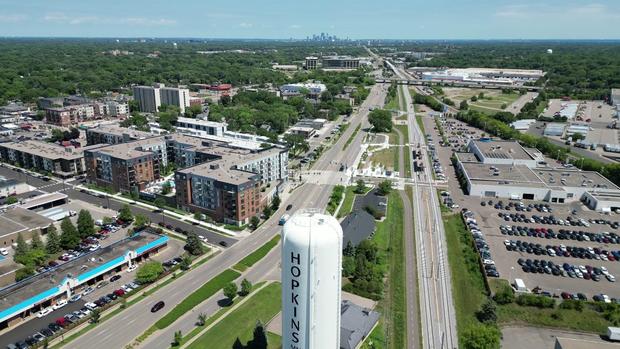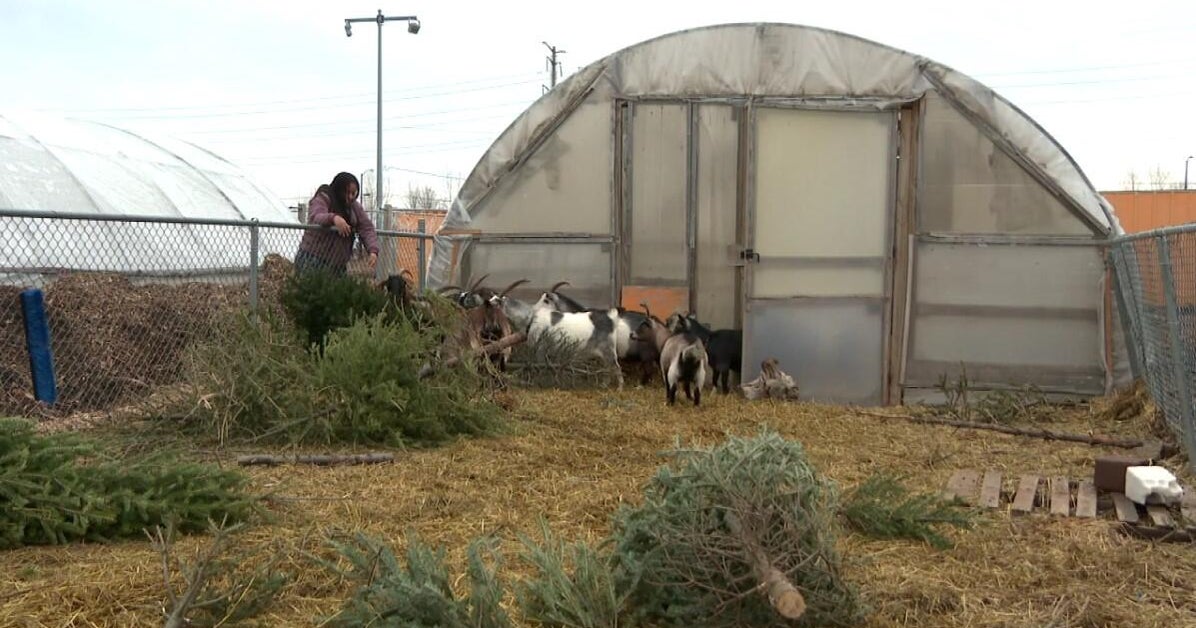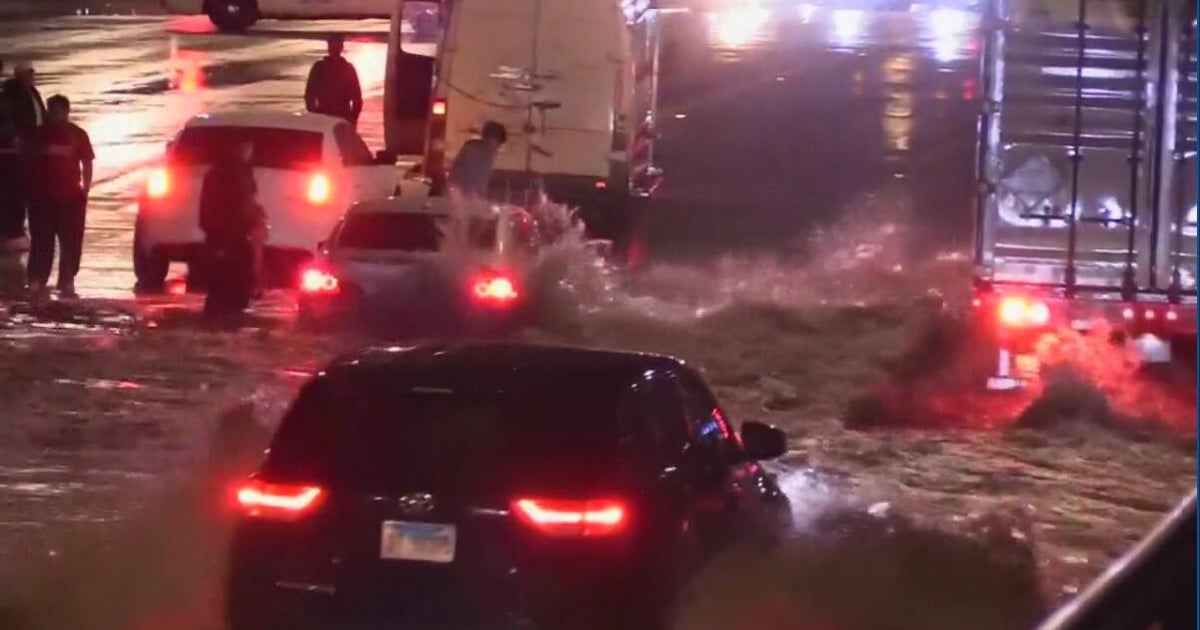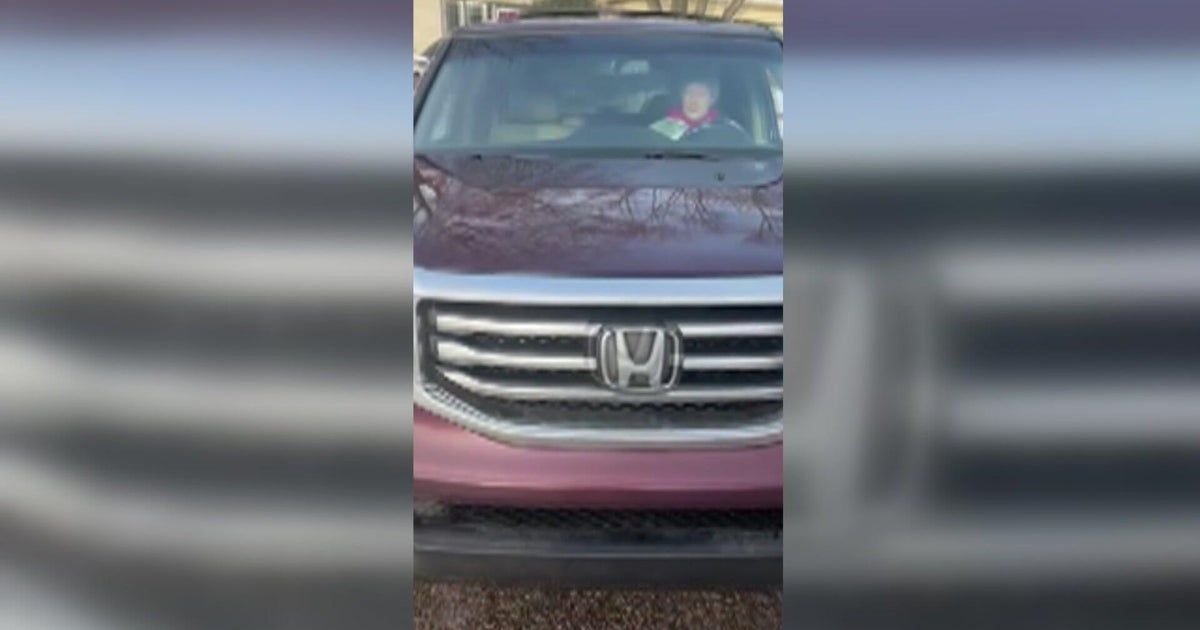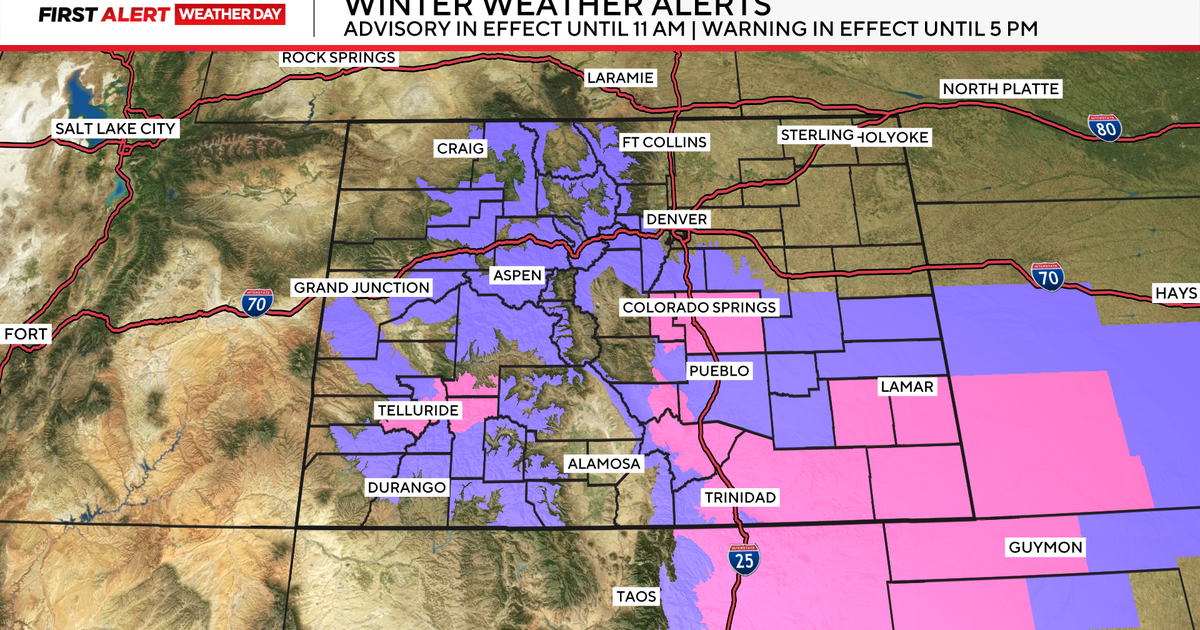What is an "urban heat island"?
MINNEAPOLIS – If you live in an urban area, you likely felt the brunt of the heat this week. That's because cities are often hotter than the countryside.
You may have heard our meteorologists talk about this – but what is an urban heat island? It's something experts say city planners will have to address as our climate warms.
WCCO spoke with climate scientist Brian Smoliak.
"Any time we're developing the land surface and building cities, there's gonna be some urban heat island effect," Smoliak said. "Urban heat islands occur when cities are warmer than the rural areas that surround them."
He says dark materials like asphalt retain and re-emit heat from the sun, making cities hotter in the day and overnight. Cars contribute, too.
Some areas of the Twin Cities can feel a 9-degree difference. We took a thermometer out in the heart of downtown Minneapolis Thursday, and it read 92 degrees in the shade. Just 20 minutes away from downtown at Shady Oak Lake in Minnetonka, it was only 86 degrees.
So who is most at risk from urban heat?
"As cities have developed differently over time, and due to formerly discriminatory housing practices, we see some areas of the city that have less vegetation cover, or more concrete and asphalt, and that means some of our neighbors experience more heat than others," he said.
Often low-income residents and communities of color. But it's not just cities taking the heat. A University of Minnesota study found hot spots in suburbs, too.
"We deployed hundreds of sensors throughout the Twin Cities metro and we were able to map the Twin Cities heat island in unprecedented detail," he said.
Hopkins is one city that's exploring heat mitigation strategies, targeting two areas where temperatures run the hottest.
RELATED: Drones soar over Rochester to hunt for urban heat islands
"Fortunately there are solutions that are readily available," he said.
Like increasing trees and vegetation, installing green or cool reflective roofs, using cool pavement materials, and utilizing smart growth practices.
"There's a huge opportunity here to help offset some of the heat we expect even with climate change. Addressing the urban heat island is one of the biggest opportunities that we have in the next 20 to 30 years," he said.
The University of Minnesota study also found the urban heat island effect is stronger at night in summer when the heat sticks around. But in the winter, it's most felt during the day.
